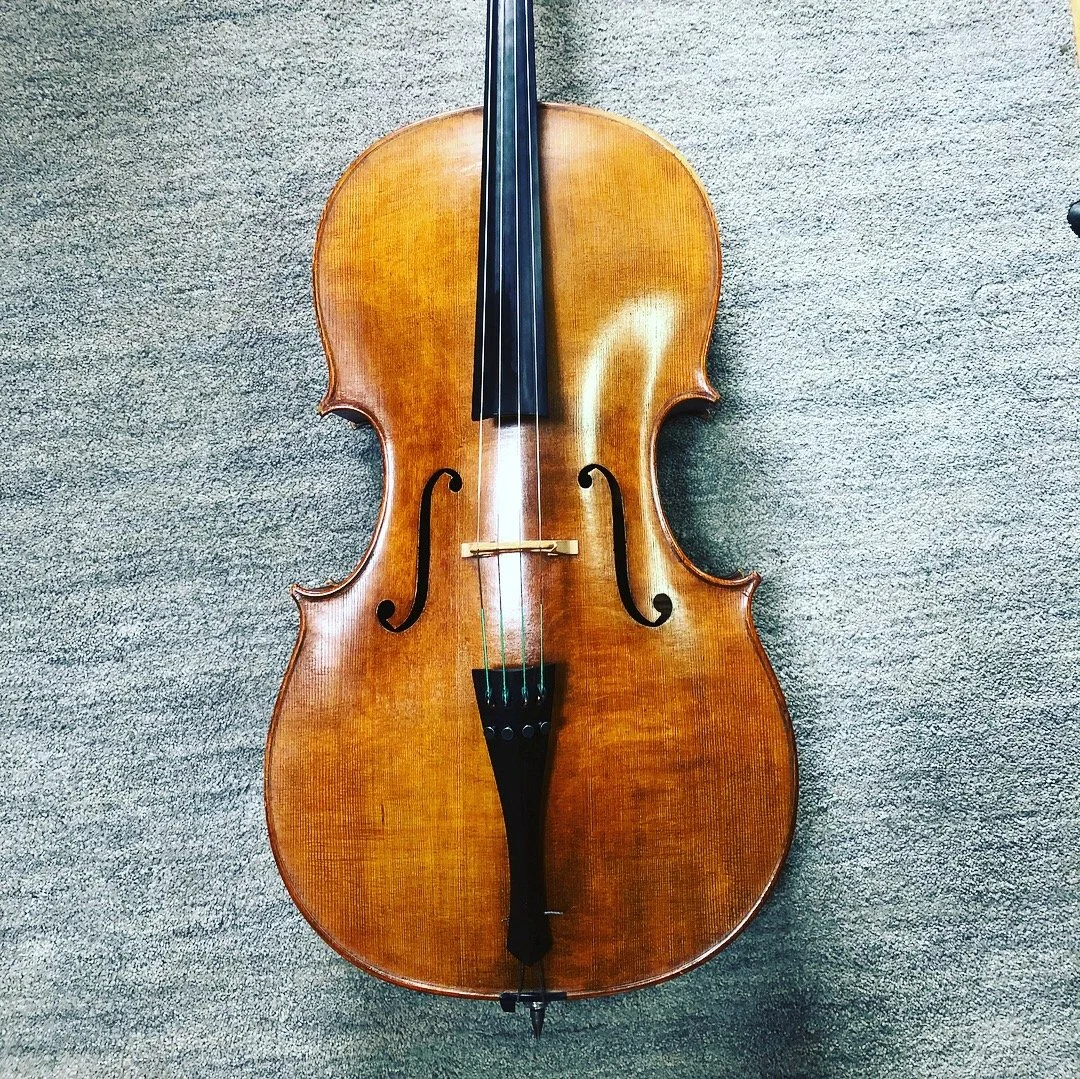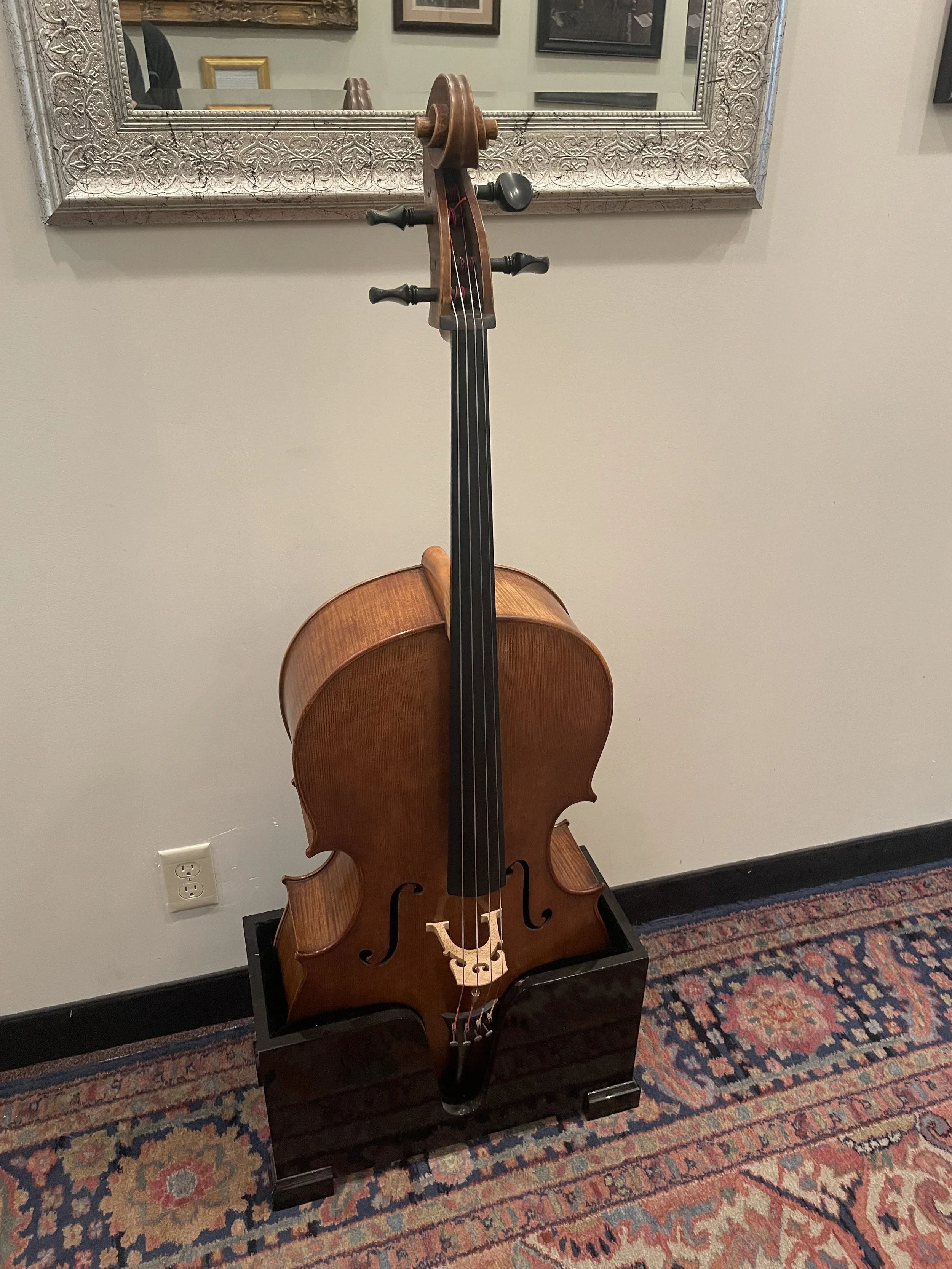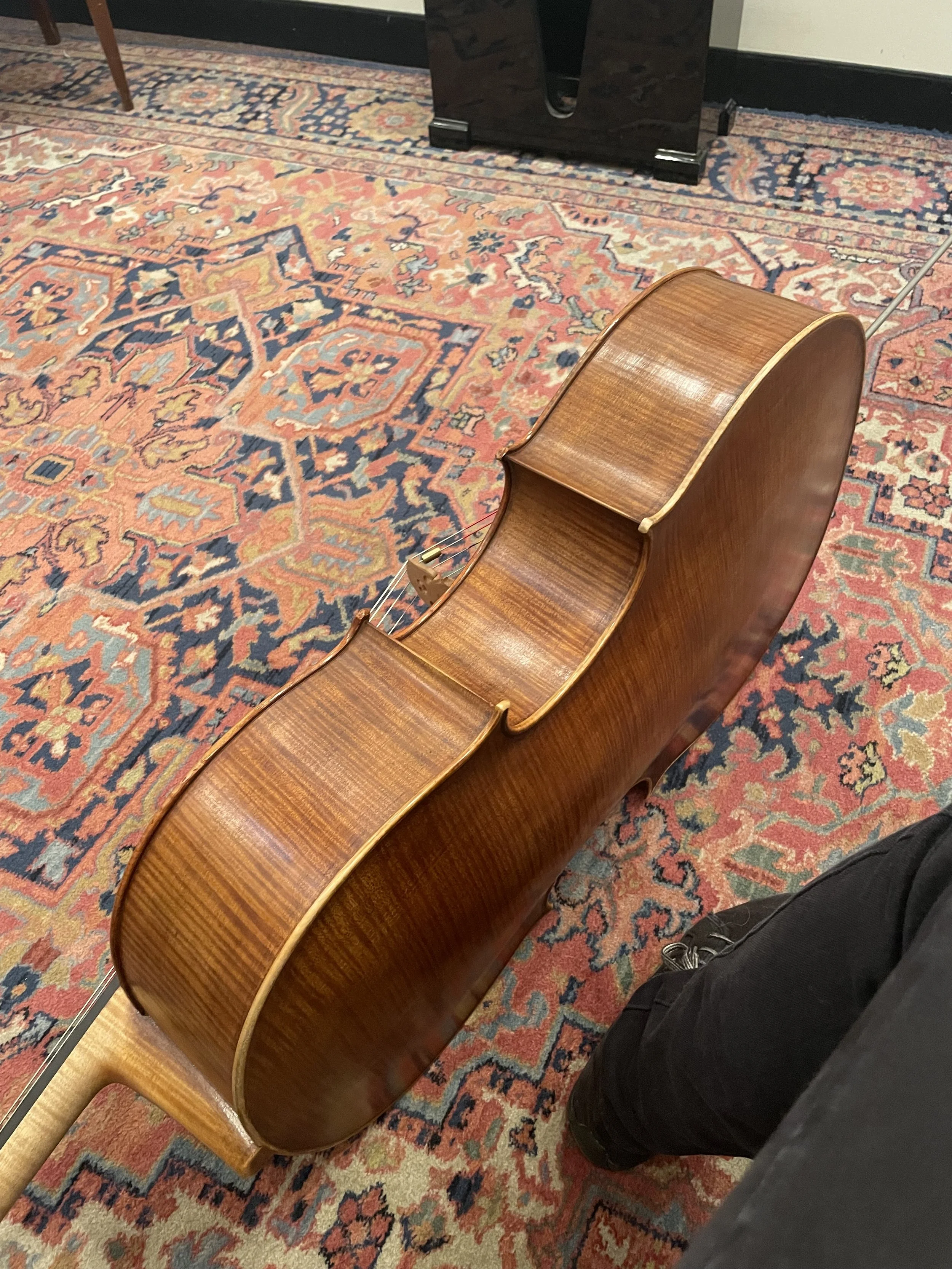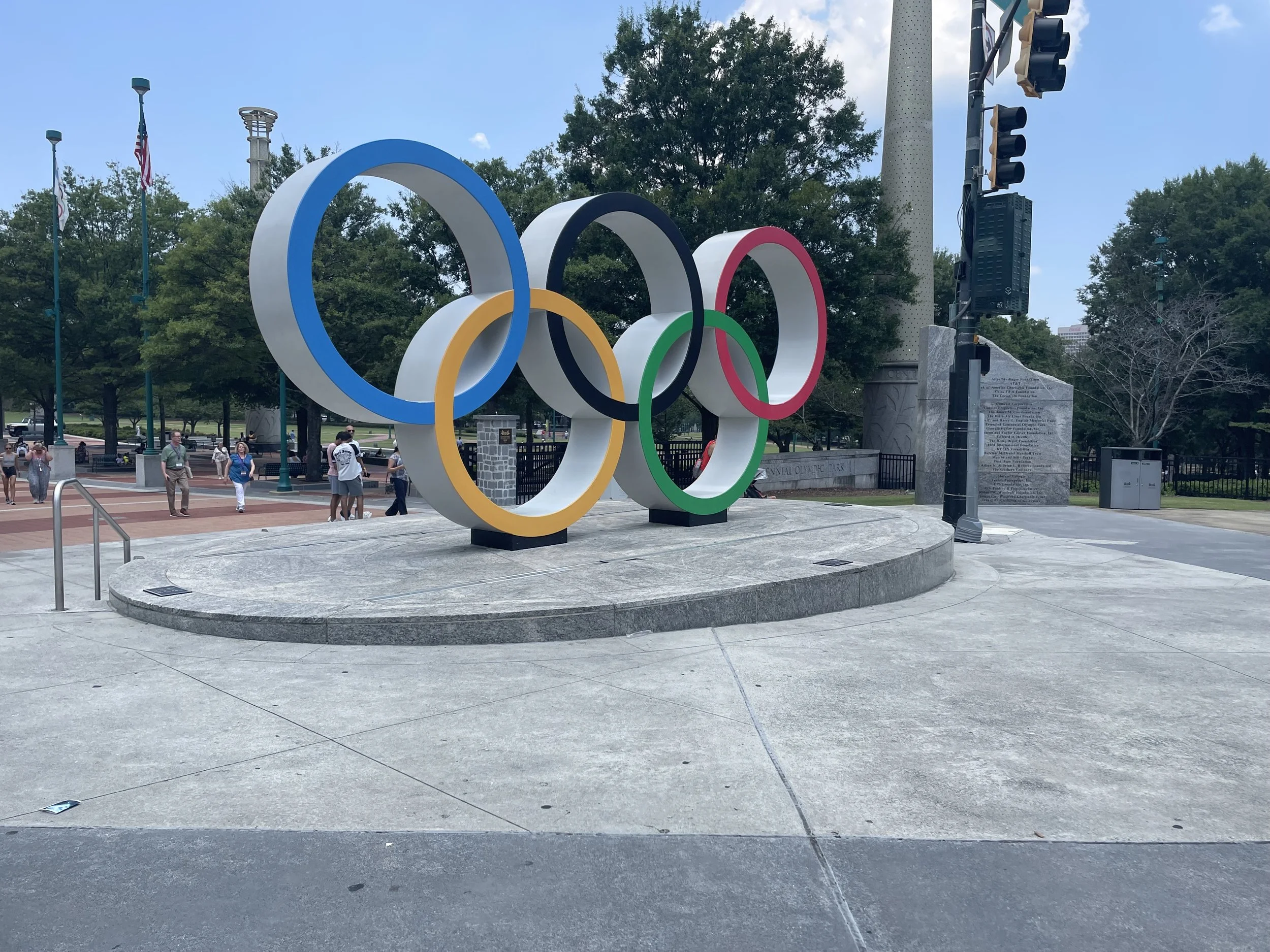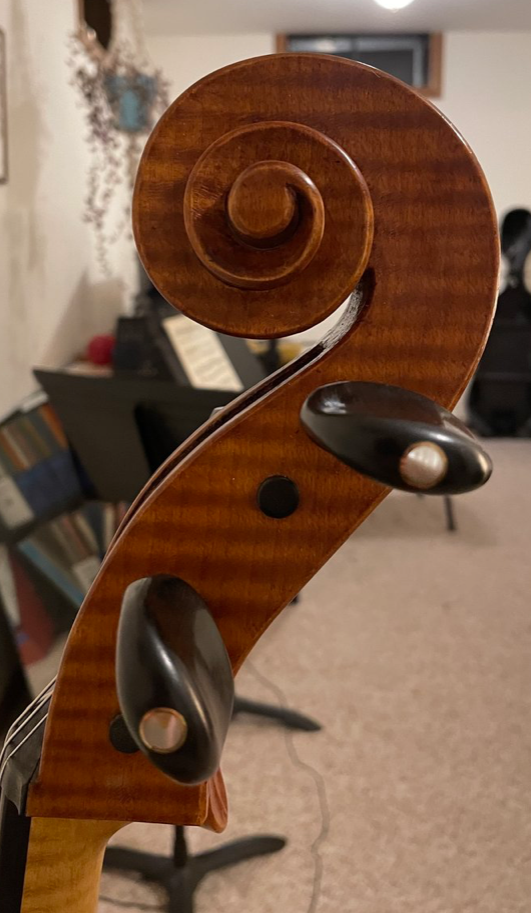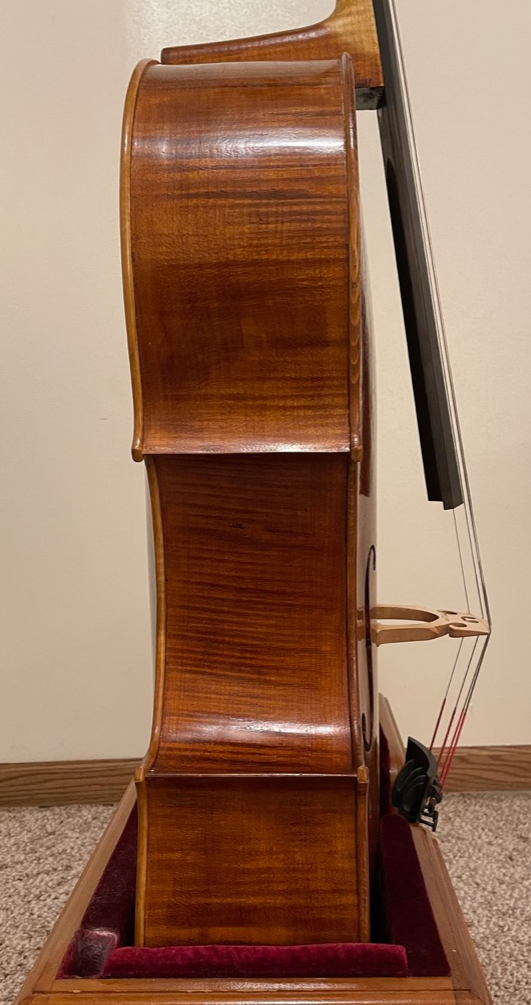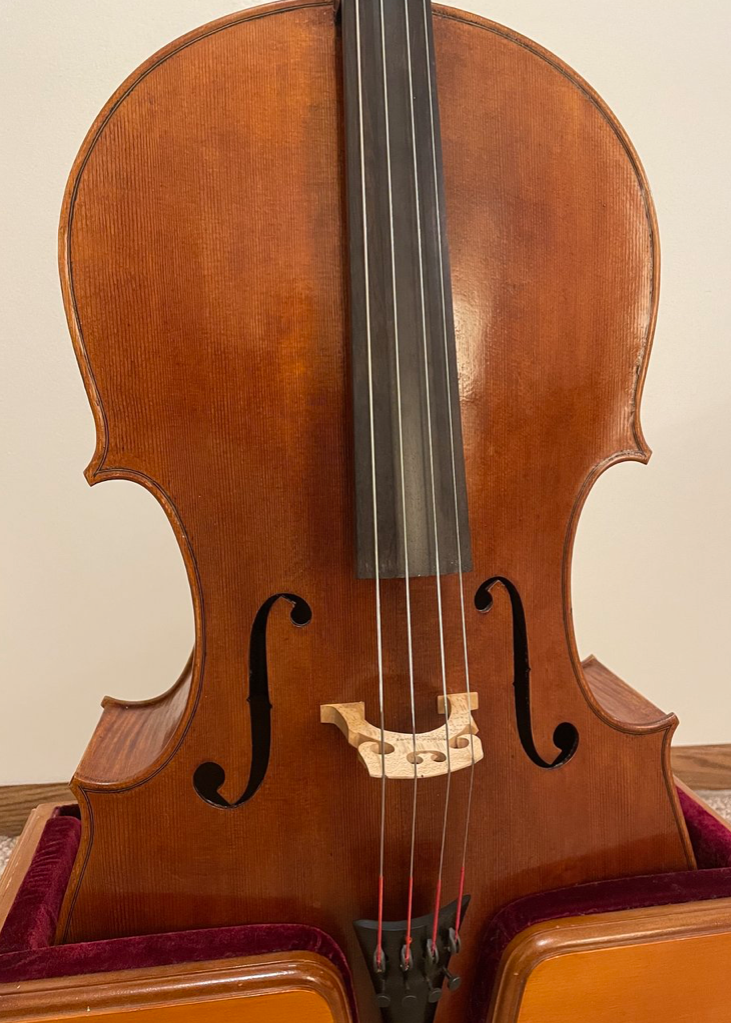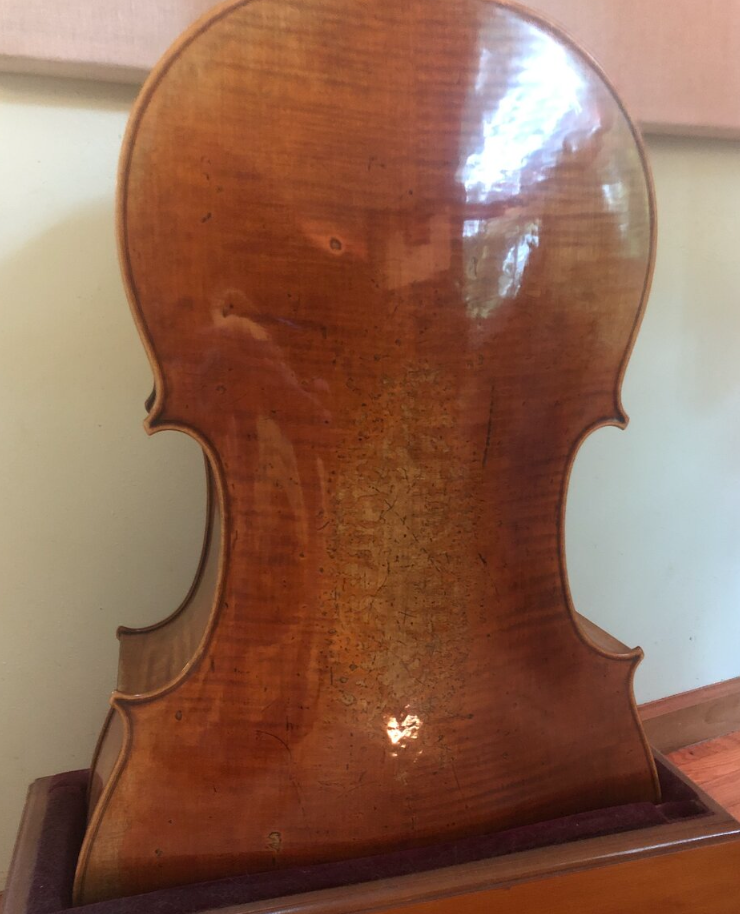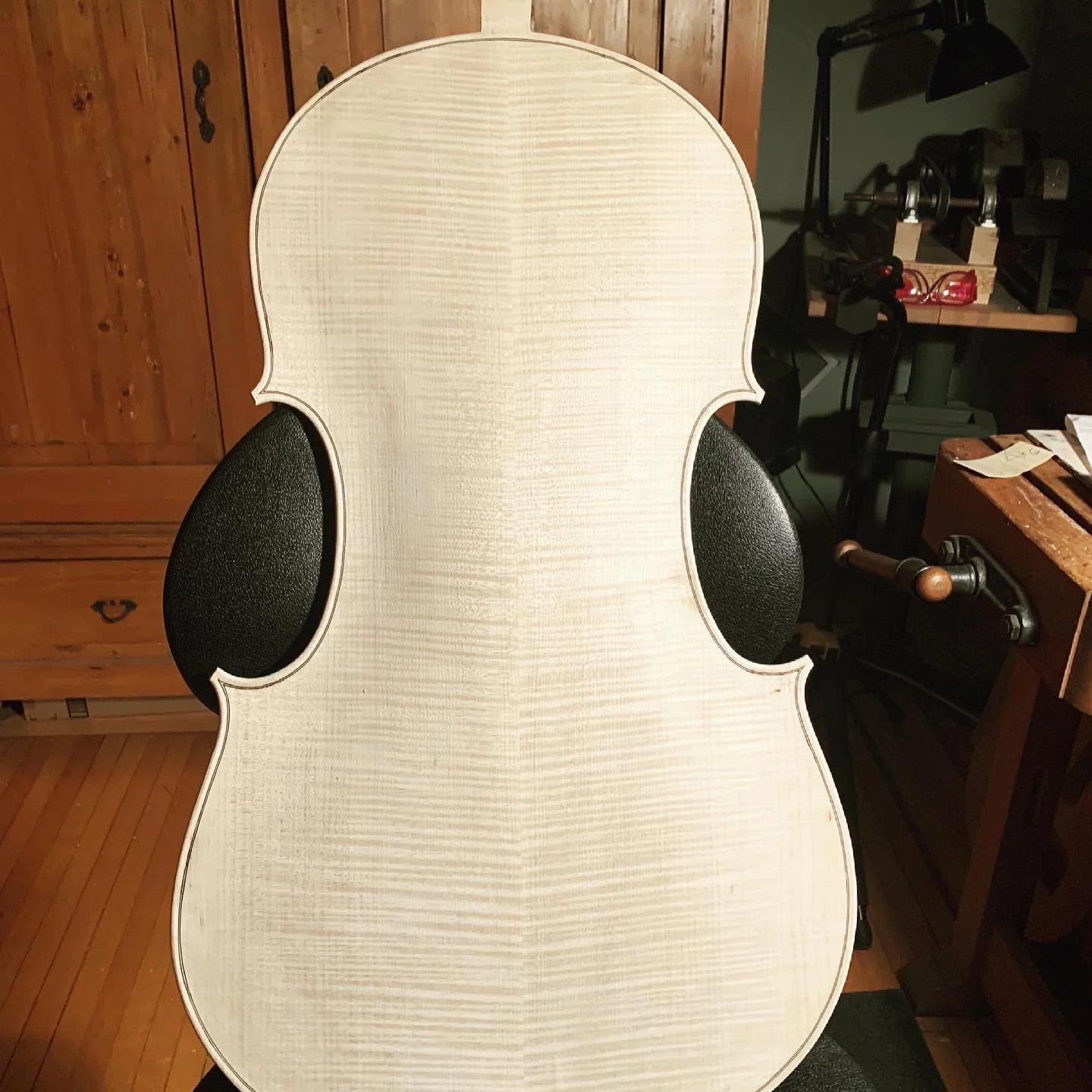Ballet for Musicians
In 2018 the Madison Symphony gave a youth concert with works by Bernstein and other American composers. The orchestra had hired dancers for Leonard Bernstein’s, Three Dance Episodes from On the Town. On the Town is one of those musicals that you don’t know that you know. It opens with the song, New York, New York, which you may know from various pop-culture parodies including the Simpsons’ “Springfield, Springfield.” This piece is not normally performed with dancers, and I am unsure if the local company we used choreographed their own dance to go with these vignettes or if they used Jerome Robbins’ choreography. Given how expensive it is to license the choreography from Robbins’ estate, I am guessing it was the former. Anyhow that is a bit of a digression which will make sense later.
Throughout the three performances of the work I found myself increasingly admiring the hired dancers for their skill and expression, and for the beauty they were able to create through movement. We as musicians create beauty through our movement too, but there’s an extra product which is sound. In dance the only product is the pure movement. Perhaps this is yet another element of dance that feels so exposed. There is no speech, there is no music, there is just movement which creates nothing extra and elicits an emotion. There is no product but the dance itself.
My mother wanted me to learn to dance as a child, but weekly ballroom in sixth grade was my introduction to formal dance. I rebelled against that hard. Every week there was a battle of wills in the run-up to class where I would complain to no end and try to argue that dance was not a critical life skill. My mother would guilt me into going by telling me that no one would want to marry me if I didn’t dance well. Not the best motivational tactic in today’s light, but her intentions were good. It wasn't the dancing itself that I hated, but the obligation to attend. It was “Mandatory fun,” as someone recently put it. I didn’t mind learning the steps and was okay at that part, but I felt a little bored and my dance partners always seemed really bummed to be dancing with me. Perhaps they had also been forced to attend. To be fair to my mom, I did often leave the dances feeling relieved and I sometimes mistook that feeling for enjoyment, but if that feeling accomplished anything it was only to get my mother’s hopes up that I would soon learn to enjoy ballroom. Hopes would of course be dashed the following week when I protested my own attendance as sullenly as possible. This got tiresome for my mother and eventually she relented and I quit when the semester ended. And I never danced again……The End
No, I’m kidding, I did experiment with various breakdancing moves as most of us did in the mid 90’s and busted out a solid worm and coffee grinder at school dances. As I became a teenager I became much shyer about dancing. Perhaps it was my experience in ballroom that soured me against dance, perhaps I’d had one too many experiences feeling judged at school dances, or maybe “dance or you will be alone!” sowed some terrible seeds in my heart. Whatever the cause, I could never get comfortable feeling watched while dancing. I could not escape the feeling that someone I liked would see me dancing and, upon seeing me flail around, decide that I was fundamentally unloveable. As you might imagine, harboring this fear made it very hard to dance unselfconciously, which is really the only way to enjoy dancing. It’s an unpleasant place to get stuck into and very hard to get out of.
It is ironic that someone who makes their living using their body to make music could have felt so afraid of moving in an expressive way, but I imagine this is not an uncommon feeling. Reflecting on the number of professional musicians who I have seen dance when the opportunity presented itself, I expect there are far more non-dancers than dancers amongst my colleagues. I could speculate that part of this disconnect comes from the very thing that makes us good at what we do; knowing a specific feeling of excellence in movement. When we interface with our instruments, there is a certain lack of effort and an efficiency and self-assuredness in movement that takes decades to acquire. When we as musicians attempt to dance, having maybe not done it much, I think it’s easier for us to understand how amateurish we can still be with our bodies, and this is really uncomfortable for us. In other words, we know our dancing is uncoordinated because we know what coordination feels like. Most musicians are actually very well equipped to be dancers for this reason, but many of us also have a need to be really good at the things we do. Coming to dance late in life feels akin to picking up an instrument late in life and can be very frustrating if our mindset is too goal oriented.
After witnessing our dancers perform in front of the orchestra, I decided that I wanted to try dance. I saw what they could do and I admired it and that felt like enough to overcome the feelings of fear that I had about being seen as uncoordinated. Plus, I figured that if I did ballet, there would be rules. As a classical cellist I am used to making art under a set of rules. Sometimes I find when I have no restrictions in the art-making process that I do not even bother to begin or if I do manage to begin that I am unhappy with the result because it makes no sense without boundaries. Ballet seemed to be to be very formulaic in a sense and having attended Boston Ballet quite a few times as a child, I felt that I had some context for what I was getting myself into.
I began taking ballet classes about a month later. It was an evening class with about three to five adults at any given class. Every once in a while it would just be me and the teacher, or me, the teacher and her husband, who was one of the dancers I had seen on stage at Overture. He and I connected over dance and music and discussed doing a Jerome Robbins piece for cello and male dancer that was written for Baryshnikov. (That’s how I know the rights to Robbins choreography are expensive). I quickly felt my joints change and my muscles change and become more present and more elastic and I realized that this was something I liked. It felt like ballet class had a formula that changed just a little bit every week, so as complicated as it was to follow at the beginning, I was able to catch on quickly. I would often go right before MSO rehearsal and this is something I miss being able to do now because ballet ended up being a tonic for my body from the chronic hunchedness of playing the cello and far from my experience with ballroom, I left every ballet class feeling bright and springy and prepared for rehearsal. I did not expect that it would help my body so much, nor did I expect that it would change my sense of rhythm, but it also did that, though how it did that I can’t articulate very well. It made me understand the beat in a more confident way I guess, but that’s not exactly all of it. I left each class feeling a little more integrated and this translated directly to the sounds I could make.
Shortly after I joined the ballet class, I joined a Saturday morning modern dance class which was focused on Graham technique. Modern dance was something different entirely though some of the physical language was similar. I found it to be much more intense and to have a much more emotional affect on my body. I have often heard yoga instructors talk about how deep emotions reside in the hips. If that is indeed true, then modern dance offered me proof. I would often leave modern classes feeling really deep sorrow or sensitivity or anger or joy. The feelings were very raw and It became a little overwhelming, but I tried to look at it as a catharsis and that once the well of deep emotions had been emptied, I would be able to leave with an easy sense of well-being, but of course emotions don’t really function that way. They spring from an endless well and I did not find that the experience of having my hips stretched out in that way ever got any easier. Perhaps had I stuck with it a bit longer my body would have adjusted.
So why am I writing this post? Well, when COVID hit in 2020, my relationships with dance changed a bit. The teacher I was taking lessons with left the studio and there was a labor dispute at the studio which made it hard to want to return. I took some online classes and watched a lot of recorded classes on youtube. It wasn’t terrible, but as people started returning to classes in person my dancing gradually tapered off and was replaced with other work-related and life-related pursuits. I had always intended to return, but it took a while longer than I wanted.
I am happy to report that as of December I am back in the dance studio at a new school and enjoying the feeling very much, though my calves are killing me and I am having to work on regaining some of the flexibility I have lost since stopping dance. It seems that some of this flexibility has returned and I am hopeful that it will continue to improve. I often feel that I am stumbling around during floor work either because I either don’t know things or because I have forgotten things, but this kind of beginner mentality is a good thing for my cello teaching and feeling a little sheepish about my inability to turn the correct direction at the moment is manageable under the right teaching. The voice in my head says that it will be better next time and it’s usually right.
When I was teaching at UW Stevens Point, a school where music and dance share a building, I would tell my students there to join the intro ballet class. I became a believer in the power of ballet to teach certain things that I couldn’t teach, or at least couldn’t teach with nearly the same effectiveness: Sensation of rhythm in all parts of the body, carriage of the arms using the muscles in the back, oppositional rotation in the arms, range of motion, differentiation of sensations of muscle strain vs. stretch, postural alignment, warming up muscles effectively, communal practice, working on small incremental physical changes during practice, appreciating beauty in movement and form. These are all aspects of what I do as a musician that would be easier to learn in the context of dance. So, I was wrong when I argued to my mother that dance was not an important life skill. It turned to be very important to my enjoyment of my career and my understanding of how to teach.
I don’t think any of my UWSP students followed my advice and joined a ballet class, but if I ever decide to teach at a collegiate level again, I hope there’s a dance department that I can collaborate with to force my students into “mandatory fun” (I kid, of course)
